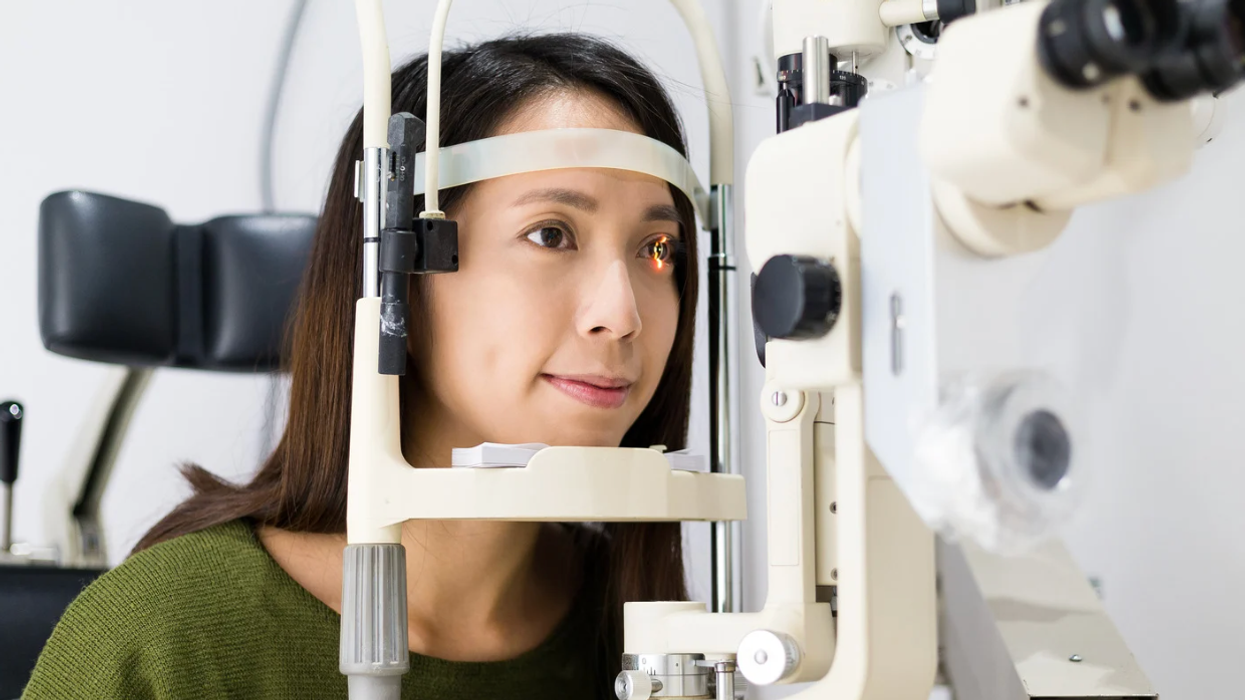Trying to keep up with a conversation — or simply make out any important noises — in a crowd can be an annoying experience. It may even feel like you’ve got cobwebs in your ears. And for people with decreased hearing, it’s even more frustrating. Thanks to new research, though, real cobwebs could one day help people hear more clearly than ever before.
Spiders generally have pretty bad eyesight, but they do have a unique way to hear the world. Like many creepy-crawlies, they’re covered in tiny super-thin hairs. Especially on their legs. These hairs aren’t just for style though: They can detect changes in the air, along with sound waves.
“We use our eardrums, which pick up the direction of sound based on pressure, but most insects actually hear with their hairs,” said Binghamton University distinguished professor Ron Miles in a press release. Which means, yes, spiders can hear through their legs. There’s even evidence that a spider can hear vibrations through its web.
Inspired by these amazing creatures, Miles and graduate student Jian Zhou decided to see if they could replicate this feat inside a microphone. What they found could eventually change how we — or at least our devices — listen to sounds altogether.
Both the human eardrum and conventional microphones work by sensing changes in air pressure (sound is basically pressure waves in the air, after all). It turns out, though, that fine fibers like spider silk can pick up not only the pressure wave, but also its speed and direction.
This adds a lot of new information and might give future microphones a better way not just to hear a noise, but to tell exactly the direction it came from. Hearing aids, for instance, might be able to better recognize and distinguish between important information and background noise. Suddenly that conversation in a crowd would become much more clear.
This could also work in other microphones as well, such as those found in cellphones. The secret that allows spider silk to do this is how thin, light, and strong it is. Miles and Zhou could even get it to sense super-low-frequency sounds normally well below the range of human hearing.
In order to make the organic silk work with electronics, the fiber was coated in gold and put inside a magnetic field. Miles and Zhou used spider silk, but say that any similarly thin and strong fiber could theoretically work. According to their paper, other methods have been used to try to help microphones detect directionality, but have proven hard to scale down to tiny sizes.
Spiders might not look like the acoustic masters of the animal kingdom, but by learning more about their incredible biology and engineering, we can one day help clear out all those cobwebs in our ears and hear the world better than ever.
Miles’ research on this was published in the journal PNAS.



















 Ladder leads out of darkness.Photo credit
Ladder leads out of darkness.Photo credit  Woman's reflection in shadow.Photo credit
Woman's reflection in shadow.Photo credit  Young woman frazzled.Photo credit
Young woman frazzled.Photo credit 


